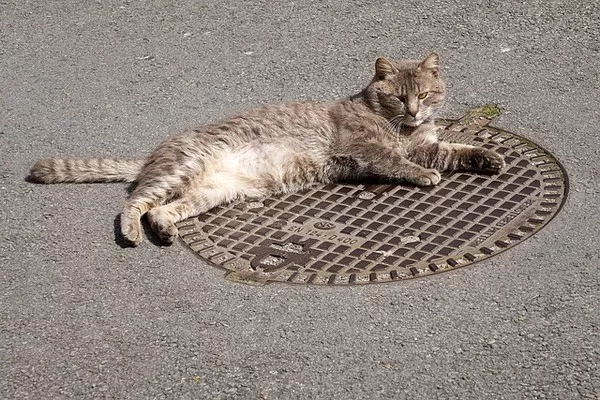Sewer odors in bathrooms can be an unpleasant and disruptive issue that many homeowners encounter. The foul smell can emanate from various sources within the plumbing system and indicate potential problems that need to be addressed promptly. Understanding the causes of sewer smell in bathrooms is crucial for identifying and resolving these issues efficiently. This article will delve into the common culprits behind the unpleasant odors and explore effective solutions to restore a fresh and hygienic bathroom environment.
Dried P-Traps
One of the primary causes of sewer smell in bathrooms is the evaporation of water in the P-traps. P-traps are U-shaped bends in the plumbing pipes that trap a small amount of water to prevent sewer gases from backing up into living spaces. When a bathroom goes unused for an extended period, such as in a guest bathroom or a vacation home, the water in the P-trap can evaporate, allowing sewer gases to escape into the bathroom. Running water periodically or installing a check valve can help maintain the water seal in the P-trap and prevent unpleasant odors.
Faulty Ventilation
Proper ventilation is essential to expel odors and maintain a healthy bathroom environment. When bathrooms lack adequate ventilation, sewer gases can build up, causing unpleasant smells to permeate the space. Exhaust fans, properly vented to the outdoors, can effectively remove foul odors and excess moisture from the bathroom, preventing the accumulation of sewer smells.
Broken or Damaged Pipes
Cracked, broken, or corroded sewer pipes can lead to sewer gas leaks. The escaping gases carry a distinct sulfur-like odor, which can permeate the bathroom and nearby areas. A professional plumber should be contacted to inspect and repair damaged pipes promptly.
Blocked Vents
Blocked vent pipes can hinder the proper flow of air and cause sewer gases to accumulate within the plumbing system. As a result, these gases can find their way back into the bathroom, causing unpleasant smells. Tree roots, debris, or animal nests are common culprits of vent pipe blockages. Regular inspection and maintenance of vent pipes can help prevent this issue.
Clogged Drains
Accumulation of organic matter, hair, soap scum, and other debris in the bathroom drain can lead to blockages. Blocked drains can create stagnant water, promoting the growth of bacteria and producing foul odors. Routine cleaning and use of drain strainers can help prevent clogs and associated sewer smells.
Improperly Installed or Sealed Toilets
If the toilet wax ring, which creates a watertight seal between the toilet and the floor drain, is not correctly installed or is damaged, sewer gases can escape through the gaps. This can lead to an unpleasant odor around the base of the toilet. Replacing the wax ring and ensuring a proper seal can eliminate this issue.
Sewer Line Problems
Issues with the main sewer line, such as clogs, leaks, or damages, can result in sewer gases being forced back into the bathroom through drains or vents. Professional inspection and maintenance of the main sewer line are essential to prevent such problems.
Conclusion
Sewer smells in bathrooms can be indicative of various underlying issues within the plumbing system. From dried P-traps to broken pipes and clogged drains, each cause requires a specific solution to eliminate the foul odors effectively. Regular maintenance, proper ventilation, and swift attention to plumbing issues are key to preventing sewer smells and maintaining a fresh and hygienic bathroom environment.
Homeowners should not ignore persistent sewer smells in their bathrooms, as they may signal potential health hazards and further damage to the plumbing system. When in doubt, it is always best to consult a professional plumber to diagnose the problem accurately and implement the appropriate remedies. By addressing the causes of sewer smell promptly, homeowners can enjoy a pleasant and odor-free bathroom experience.

